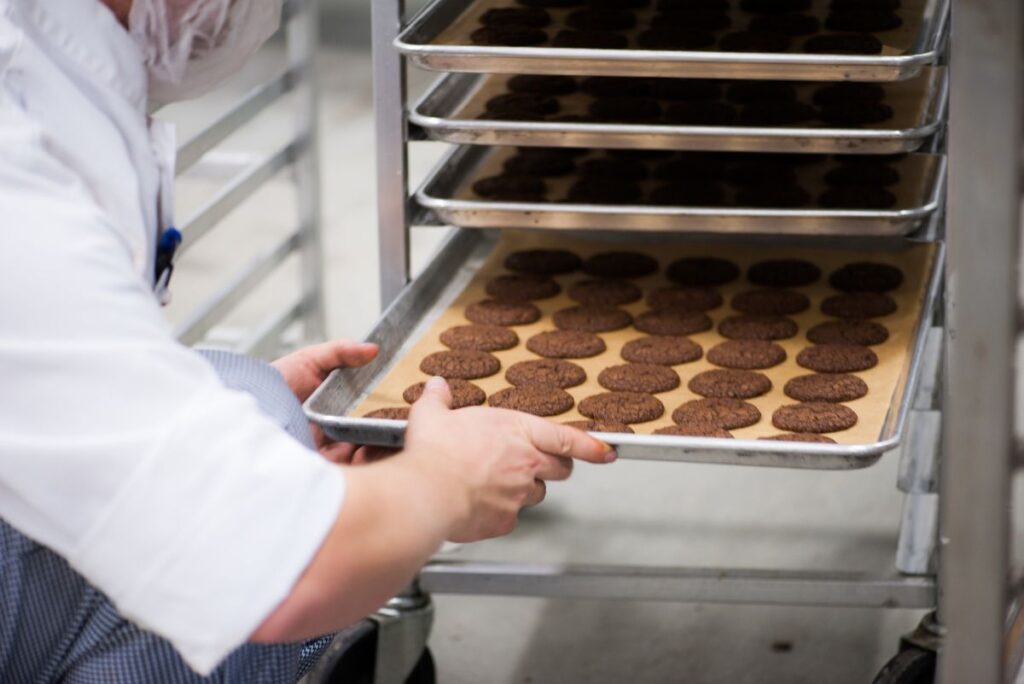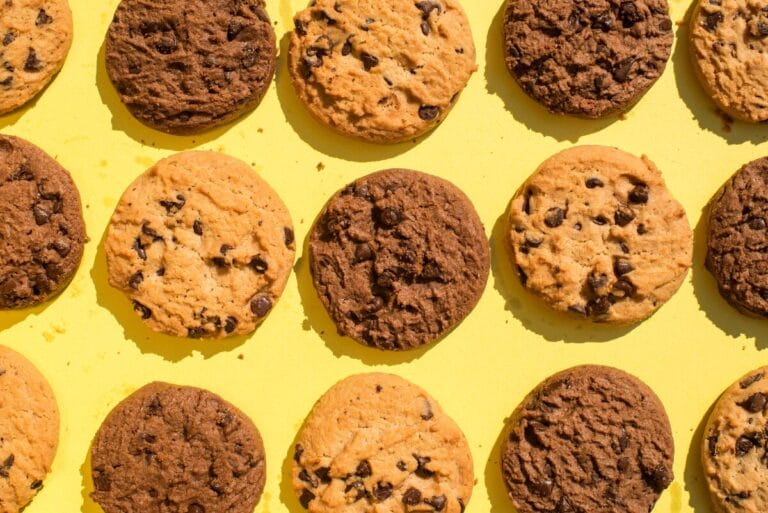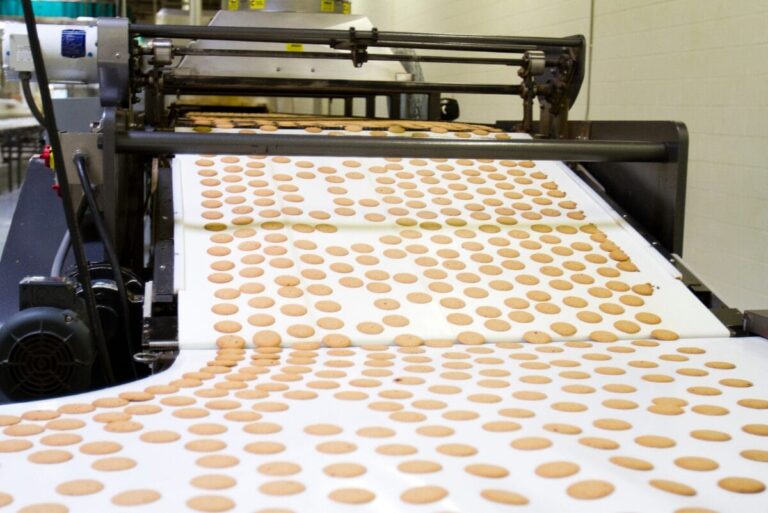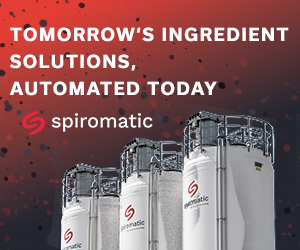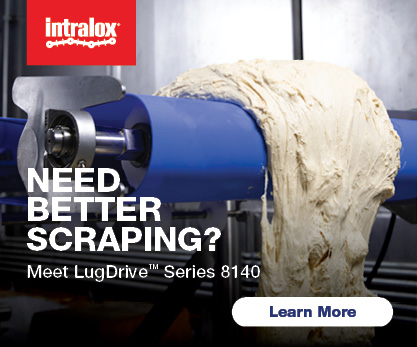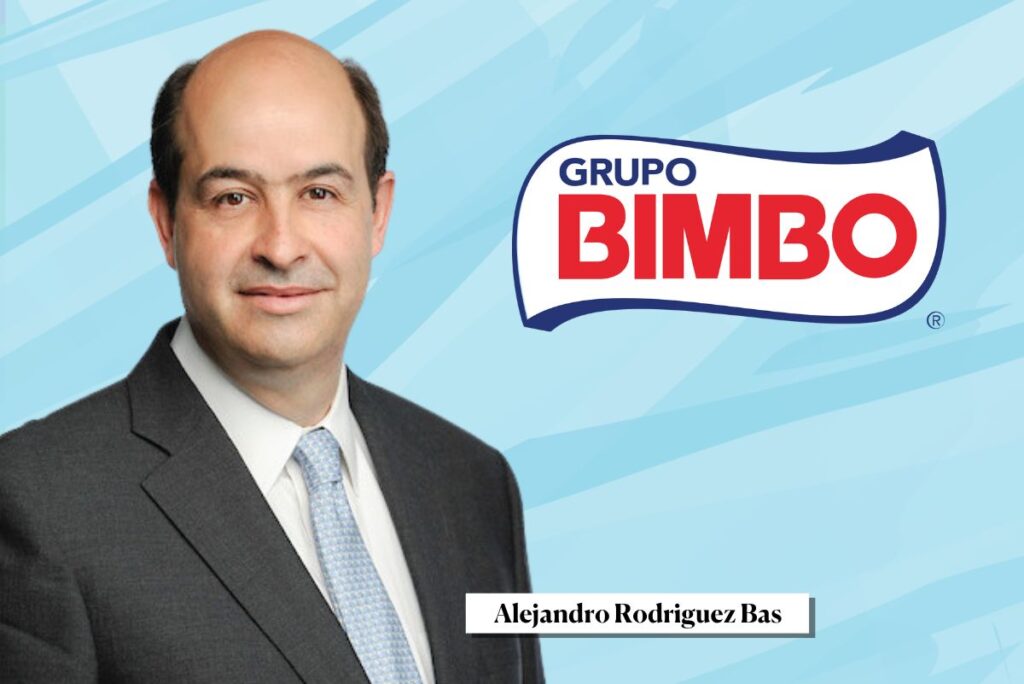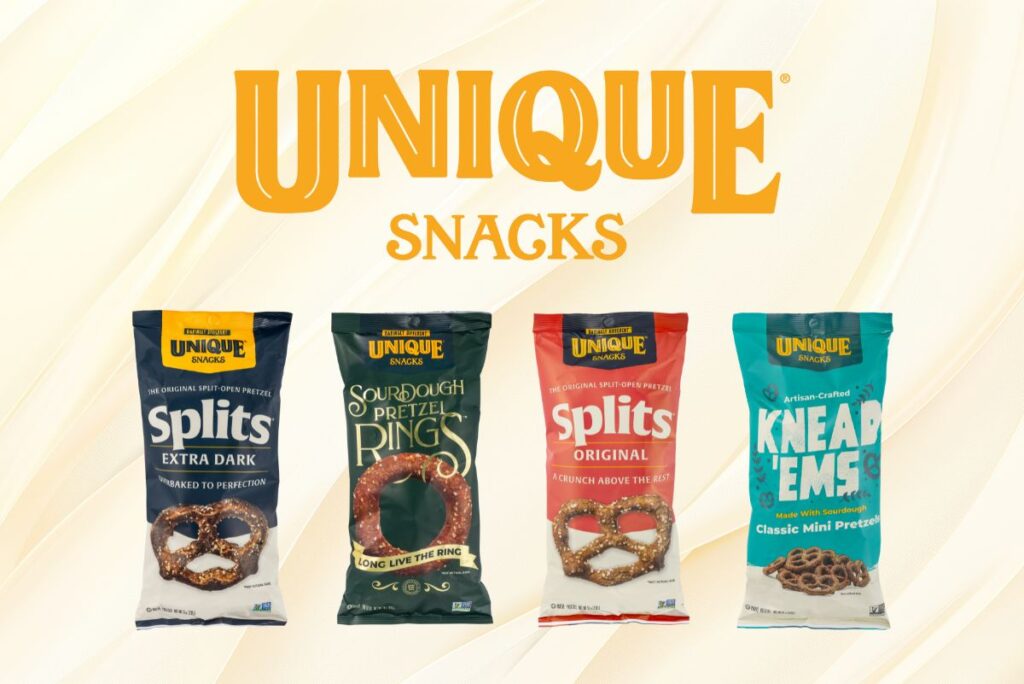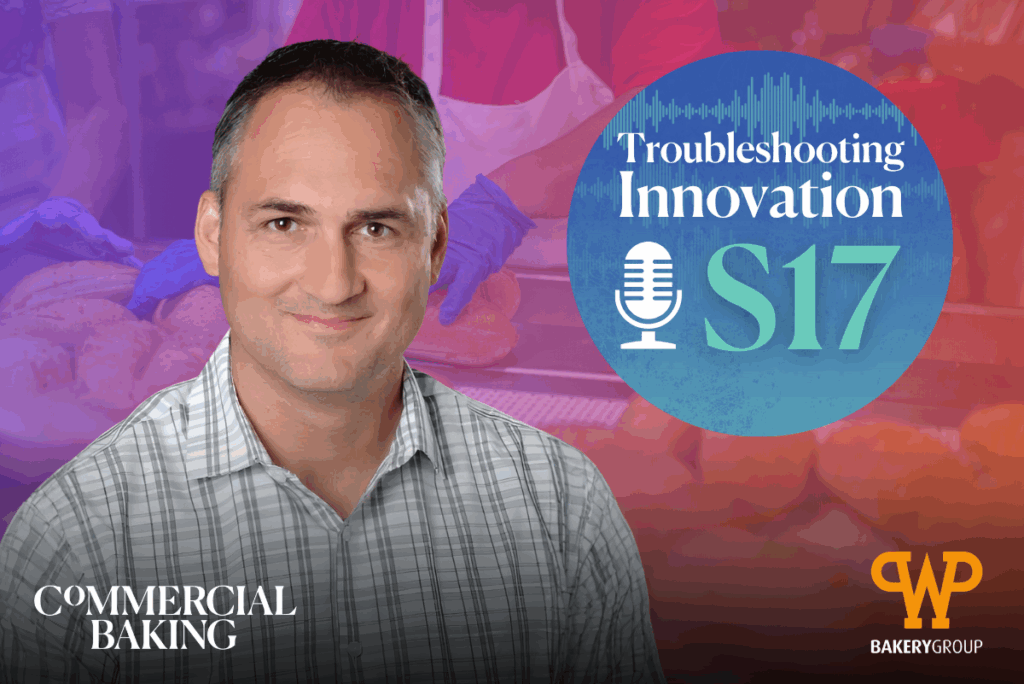KANSAS CITY, MO — Cookie fans still seek indulgence when choosing their favorites. Yet, clean-label options and sustainable packaging are broadening appeal and ultimately increasing consumption.
Commercial Baking spoke with a few cookie producers about how they are leveraging consumer trends around clean labels and sustainability.
Buffalo, NY-based Rich Products invests in cutting-edge bakery technology, processes and equipment to create high-quality products that meet the evolving needs of its customers, from gluten- and nut-free cookies to iced and filled varieties. The company’s cookie production is highly automated, with its Salem, MA, facility producing nearly 50 million pounds of cookie dough annually.
“This SQF Tier 3, USDA- and kosher-certified facility is recognized as a center of excellence for cookie dough production and features multiple high-speed, highly automated lines,” said Nicole Utz, senior product manager for cookies at Rich Products. “We eliminated the labor and cost of handling bagged ingredients by using advanced material storage and traceability systems, managing more than 300 unique ingredients and four 130,000-pound silos that feed flour and sugar directly into production.”

